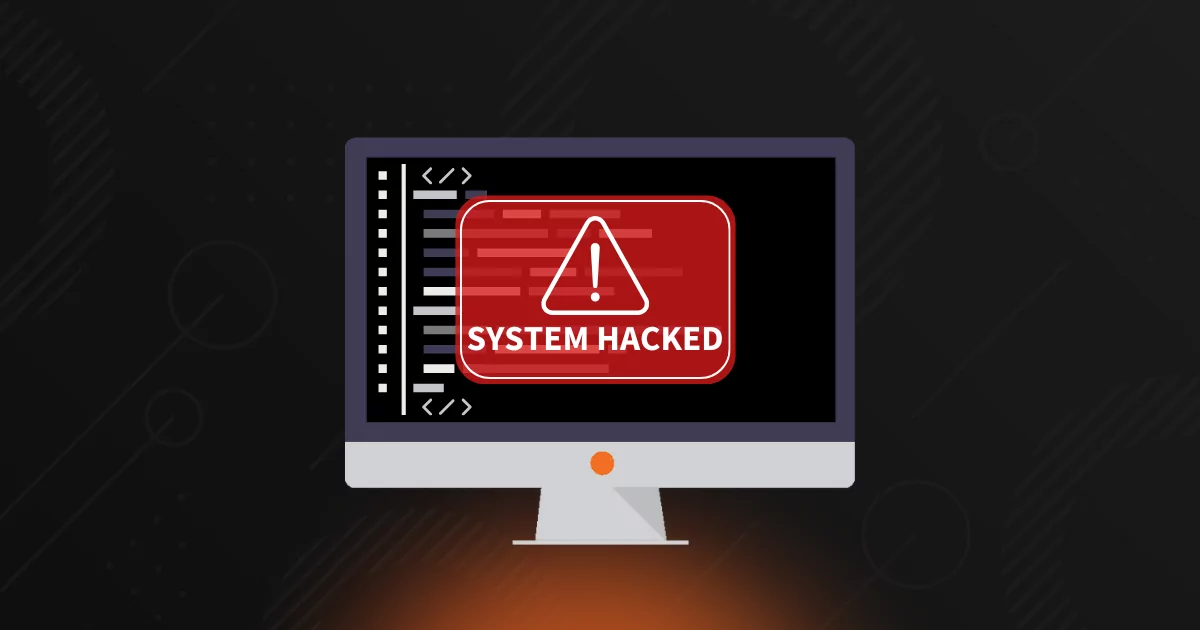
2025 Backup Compliance for MSPs: A Handbook for Maintaining Data Protection
According to a 2025 Infrascale survey of MSPs’ current stances and opinions on backup, 86% offer cloud backup solutions; however, adherence to backup compliance remains inadequate. Less than 43% of MSPs meet HIPAA compliance standards, nearly 32% satisfy GDPR compliance, and only 15.5% are SOC 2 compliant. While compliance standards vary based on industry and the type of data being stored, meeting these requirements is essential for your client’s security and your MSP’s business growth.
To help you navigate the beast of backup compliance, Axcient has released The 2025 Backup Compliance Handbook for MSPs, an essential guide to understanding and implementing backup compliance strategies. This blog explores why this resource is indispensable for MSPs looking to strengthen their cybersecurity posture, achieve compliance, and improve cyber insurance qualifications.
>> Get it Now! The 2025 Backup Compliance Handbook for MSPs
Understand the Complex Backup Compliance Landscape
MSPs operate in a regulatory minefield, with frameworks such as HIPAA (Health Insurance Portability and Accountability Act), GDPR (General Data Protection Regulation), NIST (National Institute of Standards and Technology), and CIS (Center for the Internet Security) shaping compliance expectations. These standards require rigorous data protection policies, secure backup solutions, and detailed disaster recovery plans. For example:
- HIPAA mandates secure data encryption, access controls, and audit trail maintenance for MSPs who work with healthcare providers and handle sensitive patient data.
- GDPR enforces strict data handling and breach notification requirements for any organization that handles the personal data of EU citizens.
- NIST provides a widely adopted cybersecurity framework that MSPs can follow to fortify backup and disaster recovery (BDR) strategies.
- CIS Benchmarks establish security controls that MSPs can adopt to mitigate cyber risks and achieve the recommended “reasonable” level of cybersecurity.
Navigating these guidelines can be overwhelming, especially if you have a diverse client base or are expanding your service offerings to new clients. The 2025 Backup Compliance Handbook for MSPs dives deeper into these key policies and standards, along with others, to make compliance achievable and manageable.
Achieve “Reasonable Cybersecurity” to Safeguard Backup Compliance
CIS defines “reasonable cybersecurity” as implementing security measures that are appropriate and commensurate with the risks an organization faces. While no single legal definition exists for MSPs, the concept is often interpreted through industry standards, regulatory requirements, and legal precedents. A reasonable cybersecurity approach balances security effectiveness and practicality, ensuring that MSPs take sufficient steps to protect sensitive data without imposing unnecessary burdens.
CIS’s framework provides structured, prioritized actions that MSPs can implement to strengthen security defenses, standardize cybersecurity measures, align with compliance and insurance requirements, and expand service offerings by embedding cybersecurity into BCDR solutions. The MSP community has already embraced CIS’s approach, implementing the CIS Critical Security Controls and CIS Benchmarks that align with BCDR. By adopting these standards and satisfying their requirements, MSPs signal their commitment to cybersecurity best practices, which support business operations in various ways.
- Meet compliance requirements: Regulatory bodies like HIPAA, GDPR, and NIST mandate security controls to protect data and systems. Meeting these standards helps MSPs avoid costly penalties, exhaustive legal issues, and reputational damage.
- Maintain cyber insurance eligibility: Insurers assess an MSP’s cybersecurity posture before granting coverage. Implementing reasonable cybersecurity measures can lower premiums and create more comprehensive policies.
- Improve client trust and competitive advantage: Businesses seek MSPs prioritizing cybersecurity. Demonstrating adherence to established security benchmarks differentiates your MSP in the crowded channel market.
- Avoid risk: Cyber threats are constantly evolving, and MSPs must be ready with proactive infrastructure security to prevent breaches, data loss, and financial damage. Let reasonable cybersecurity be your guide to maintaining protection.
Implementing the 18 Controls and the corresponding 153 Critical Security Controls is not a small feat, but Axcient simplifies it in the 2025 Backup Compliance Handbook for MSPs. Download it now to see how Axcient satisfies the Controls within our service purview and how Axcient products successfully map to 12 CIS Control safeguards.
Align Backup Compliance Strategies with Your BCDR Solution
An MSP’s compliance largely depends on the features of your BCDR solution. While modern platforms simplify compliance management and introduce real-time safeguards for compliance maintenance, other products complicate an already complex task. MSPs can meet regulatory requirements while delivering reliable client protection by automating critical processes and incorporating other industry best practices into a layered security approach.
Consider the following critical capabilities when assessing compliance management and your BCDR solution. If your solution lacks these features, you can increase productivity and reduce the burden of backup compliance management with a more comprehensive provider.
- Daily automatic backup validation to confirm the integrity of the backups and ensure that all protected systems are recoverable and meet compliance standards without relying on error-prone manual interventions.
- Near-instant virtualization of backups with pre-configured runbooks that minimize downtime and ensure business continuity during a disaster.
- Airgap technology separates data deletion requests from execution, making it impossible to recover backups even after a ransomware attack or accidental deletion.
- Georedundant backups for high availability. By replicating backups across geographically distinct locations, MSPs reduce the risks of single-site failures and improve cyber insurance eligibility.
- Immutable backups to protect against ransomware and unauthorized alterations, ensuring compliance with regulations like HIPAA and GDPR that require secure and tamper-proof data storage.
- Automated compliance reporting for detailed logs and reports that provide evidence of compliance, making audits and cyber insurance applications much easier to manage – without manual interventions.
Get the Ultimate Guide to Backup Compliance
Backup compliance is essential to MSP success. MSPs that fail to meet regulatory and insurance requirements risk financial loss, reputational damage, and client churn. The 2025 Backup Compliance Handbook for MSPs is your go-to resource for:
- Understanding industry standards and policies.
- Implementing reasonable cybersecurity practices
- Enhancing backup compliance strategies with BCDR solutions.
Don’t leave compliance to chance. Download the handbook today and take control of your backup strategy to secure your MSP’s future.
>> Get the Compliance Handbook Now!
Author
Related posts
How well could you sleep with reliable cloud-based backups and recovery?
Take a deep dive into Axcient’s proprietary, automated security features to see how we’re ensuring uninterrupted business continuity — no matter what:




